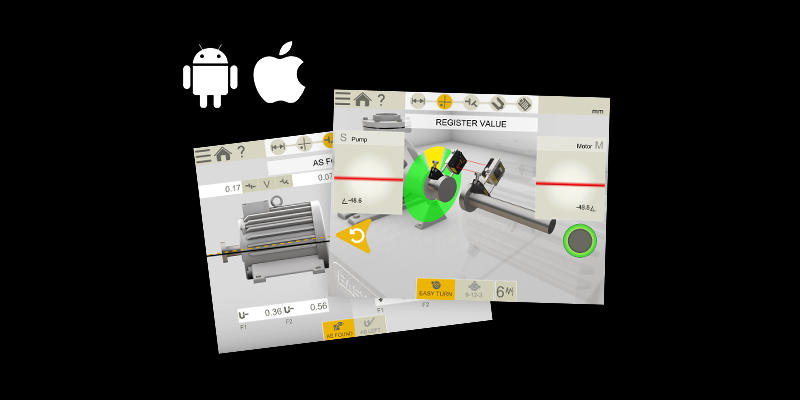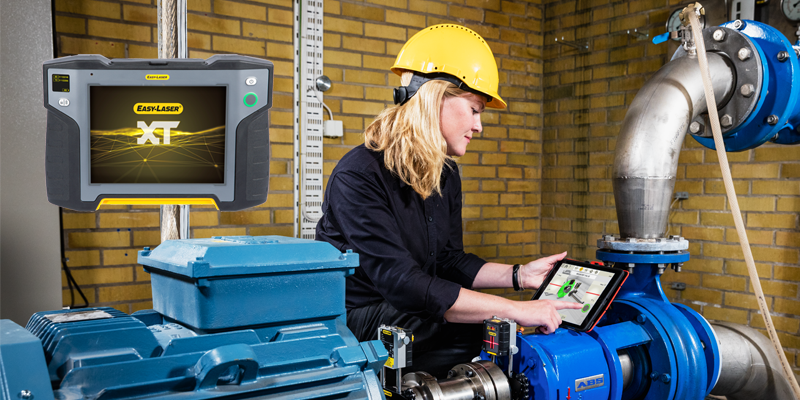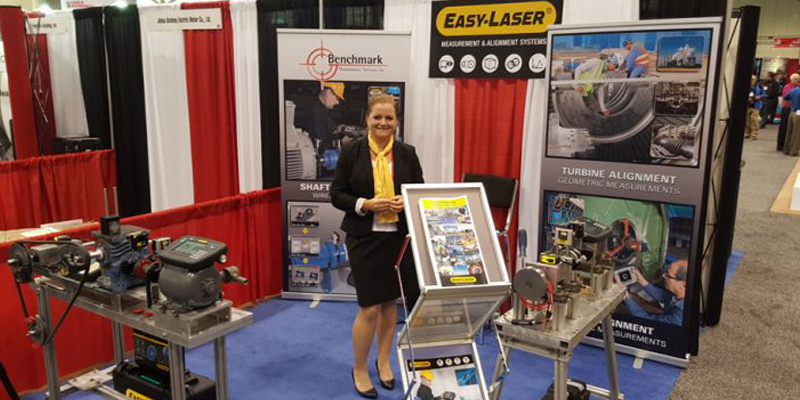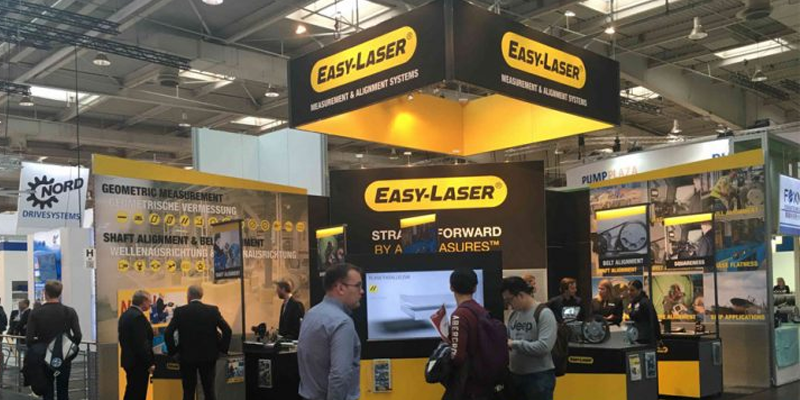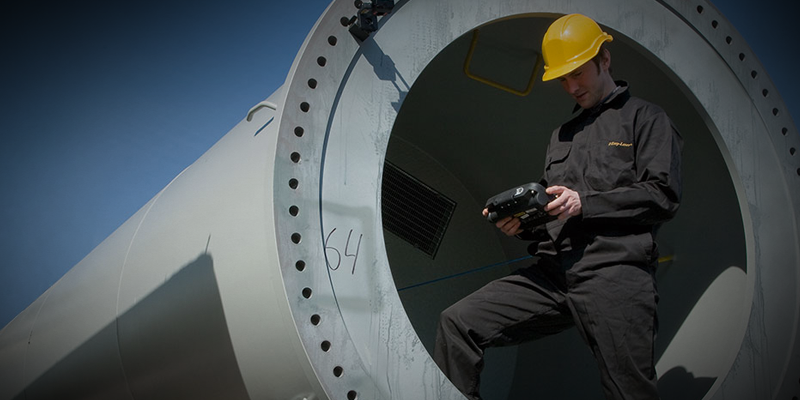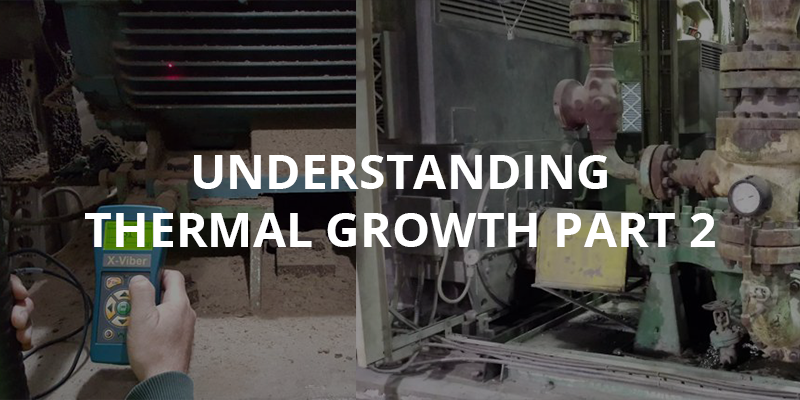There are other issues we should be aware of when talking about a machine’s thermal growth in our rotating machinery and how it affects the machine’s alignment at the coupling. One major factor affecting machinery alignment is Dynamic pipe strain caused by thermal growth. However, there are two types of pipe strain and the other type is also important to know about. Static pipe strain exists when the machines are not even operating. Static pipe strain is a major cause of machine failures and is the result of incorrect fabrication and/or installation, inadequate or missing support, or machine movement after piping is connected. Its effects are relatively simple to measure however, it’s often ignored because repairs or rework are perceived to be costly, but that’s not always the case.
Read more




